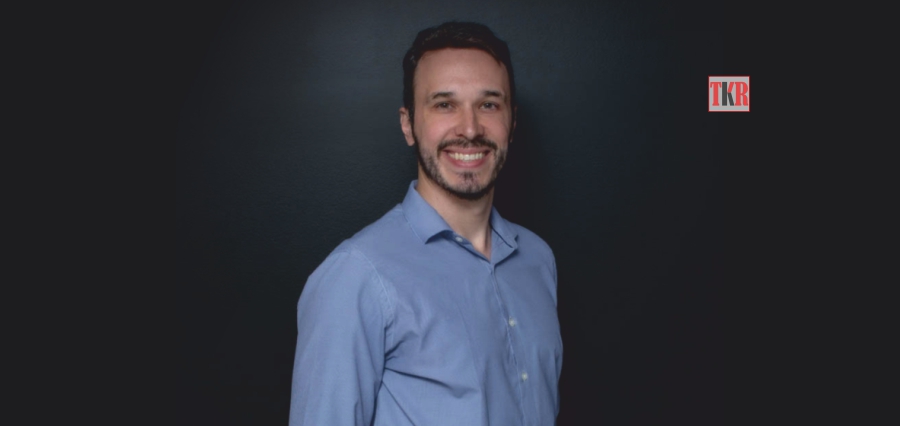In the Race to Net Zero
The drive to bring down energy consumption – and its cost – has spread to higher education. The University of Florida, for instance, is investing almost $30 million to save roughly $5 million over the next two decades.
Overall, investing large sums upfront to save money on energy costs can have many motivations. Many colleges and universities face financial pressures, so bringing down the trajectory of energy costs is sensible.
For today’s generation of college students concerned about climate change, the investment can signal that an institution takes their concerns seriously, making themselves more attractive to many students who believe their schools can do more to reduce their impact on the environment.
According to the United Nations, through 2022, more than 1,000 higher education institutions have joined other ‘real economy’ actors in 120 countries in the Race To Zero, the largest ever alliance committed to achieving netzero carbon emissions by 2050 at the latest.
Campuses Set Energy Goals
The United Nations also states that in the United States, more than 400 college and university presidents have pledged to achieve net zero or carbon neutrality at their institutions by the year 2050 or sooner. Many colleges and universities want to develop Zero Energy Buildings (ZEBs) that minimize energy use and are solar-ready. ZEBs combine energy efficiency and renewable energy generation to consume only the energy that can be produced onsite.
New rating systems have emerged for measuring energy use and sustainability, and the Association for the Advancement of Sustainability in Higher Education has created the Sustainability, Tracking, Assessment and Rating System (STARS) to provide a self-reporting framework for colleges and universities to measure their sustainability performance.
Finding energy waste is a compound challenge for Higher-Ed Leaders
Campus buildings consume a considerable sum of the energy colleges and universities use and have some of the most complex physical environments in the world. Some of their facilities are energy intensive. For example, research labs require proper ventilation to keep lab workers safe. Many institutions seek ways to meet safety requirements while reducing energy use.
Higher Education facilities and buildings fill various needs: learning, discovering, innovating; living, working, playing, and socializing; and administrating, including security, utilities, and transportation. Many buildings are mixed-use, and there is infrastructure akin to what is found in small to large cities. When higher ed institutions expand their campuses, they also expand the number of systems that must be integrated into the existing infrastructure – but integrating data is usually an afterthought. This leads to exporting and analyzing data manually from multiple systems, generating reports with unreliable information.
Between the complexity of the physical environment and the requirement to add new systems on top of legacy solutions, searching for ways to cut energy consumption becomes a multi-faceted challenge for higher education leaders nationwide.
Solutions that Matter in Higher Education
Radix provides innovative technology solutions for campus energy and utilities management in three steps that reduce operational costs.
- Operational Assessment: First and foremost, to develop a process of assessing the operational environment, to identify gaps in the operational data infrastructure.
- Energy Audits: With out goals to find opportunities to both reduce cost of energy and to identify and reduce wastes across campus, it is important to identify the optimal operational configurations based on the modeling and simulation of on-campus facilities. This identifies energy gaps and bolsters the cost-benefit analysis we undergo, which we use to prioritize projects. Prioritizing cost-benefit analysis for implementation.
- Advisory System: Provides dashboards, predictive operating conditions, real-time tracking, and operational optimization features that cut consumption and generate hard-dollar savings.
This is not a pie-in-the-sky approach. Radix has provided solutions to midsized and large universities that have produced tangible results. To learn more, visit www.radixeng.com or reach out directly to thiago.bacic@radixeng.com
About the Author
Thiago Bacic is the Head of Digital Infrastructure and Services in North America at Radix, a global technology solutions company. With over 12 years of experience, he has a multidisciplinary background that spans digital technology, data, automation, and software technology, with extensive global expertise in asset performance.









